Your motorhome’s engine oil, unlike wine, does not age well. Its viscosity – how easily it flows at a given temperature – decreases over time, making it less effective at lubricating your engine.
Engine oil thins as it heats up but thickens as it cools. The thicker it gets, the longer it takes to warm up and flow through your engine. As such, your motorhome’s engine oil is similar to the human body, it can’t just sit around without being active.
In fact, this goes for many appliances and components in your motorhome – everything needs to be maintained at regular intervals to function properly. For this article, we will focus on your motorhome’s engine oil, but you can download our Customer Reference Handbook to track your RV’s seasonal maintenance schedule.
Need your RV oil changed? Contact the Camping World Service Center near you.
Should You Change Your Motorhome’s Engine Oil If It Hasn’t Been Driven?

Photo by Camping World
The short answer is yes. Your engine oil needs to be changed regularly regardless of how much or how little you drive. Engine oil is commonly referred to as the “lifeblood of your engine.” On average, most RVers don’t drive their motorhome more than 5,000 to 10,000 miles per year.
But even if you drive less than that, changing your oil according to your manufacturer’s specifications is critical to the health of your RV’s engine components. Beyond that, strict adherence to the manufacturer’s oil, filter, and maintenance schedule requirements is a must to avoid voiding your warranty. These requirements are usually found in your owner’s manual.
How Often Should You Change your Motorhome’s Engine Oil?
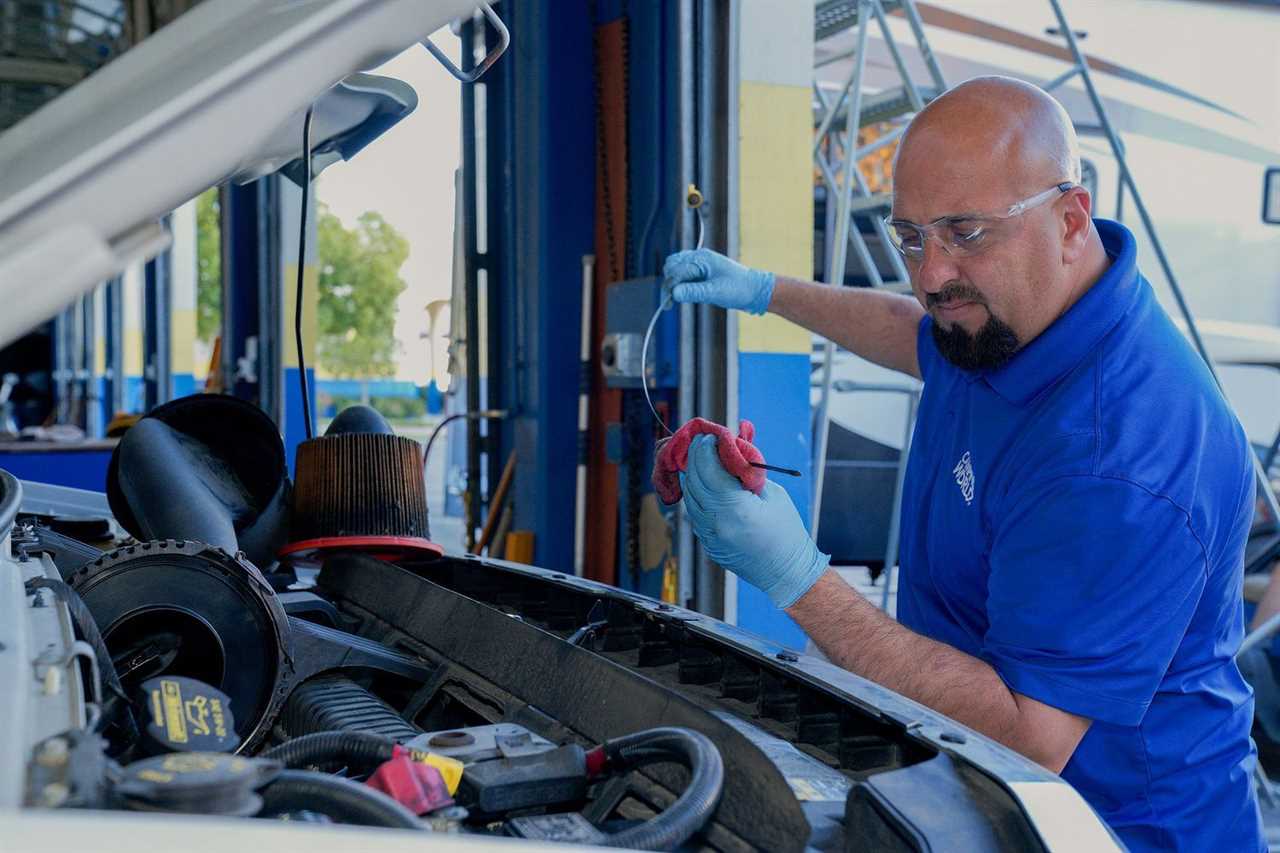
Photo by Camping World
How often you should change your motorhome’s engine oil depends on your motorhome’s manufacturer guidelines. Manufacturers know their motorhomes best and recommend an oil change schedule for each make and model. They are also the best resource for the type of oil and the amount of oil you’ll need when completing a successful oil change.
Of course, you may need to factor in your RV’s mileage, the age of your motorhome, your choice of synthetic motor oil versus conventional oil, and other variables. These can impact the intervals at which you should change your motorhome’s engine oil, but your manufacturer knows best.
How Does RV Engine Oil Go Bad?
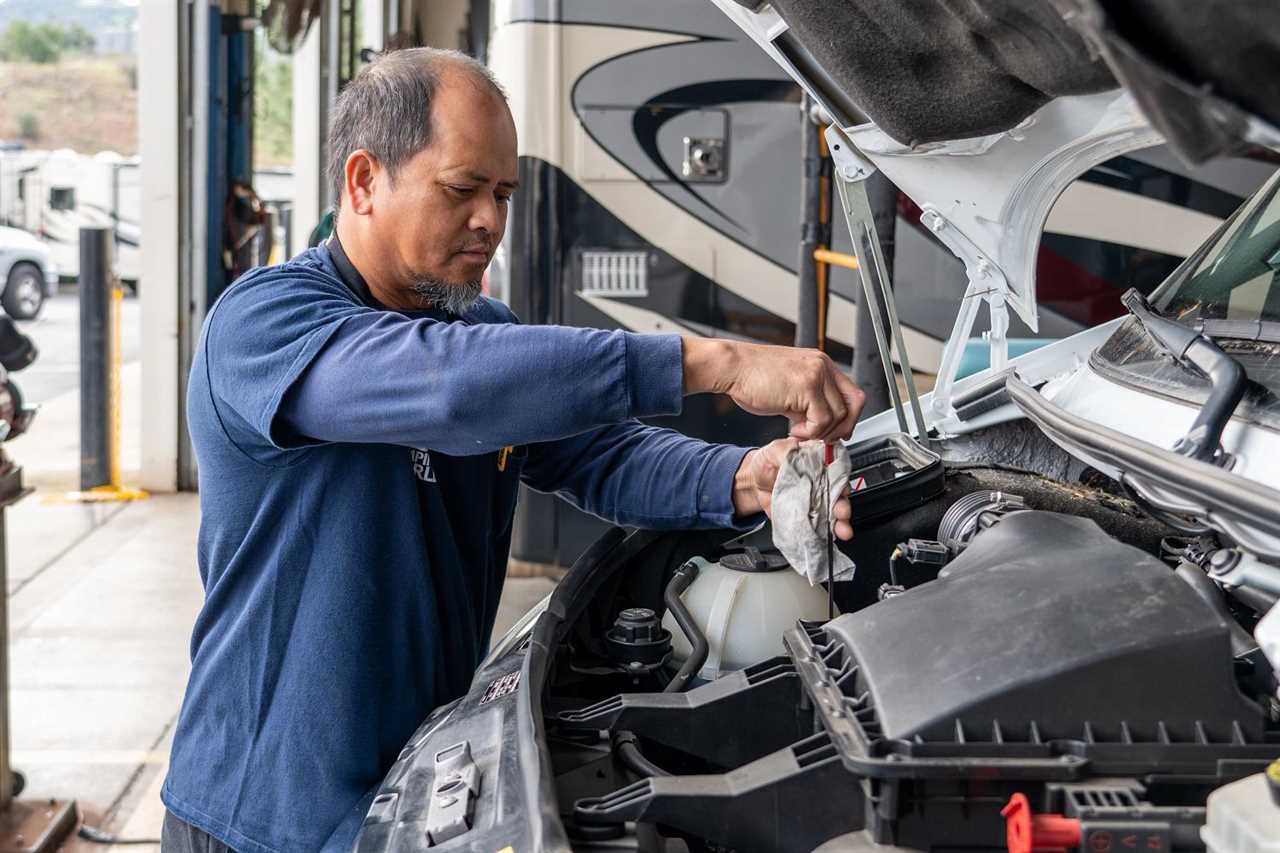
Photo by Camping World
So, how does your motorhome’s engine oil go bad even if you haven’t driven much? In a few ways.
Oxidation
This is a natural process in which oxygen molecules mix with your engine oil’s molecules and break them down over time, similar to what happens to a peach when you break its skin. Oxygen molecules swoop in and turn that peach brown practically before your eyes. Oxygen increases your engine oil’s viscosity (makes it thicker), making it perform less efficiently.
Towing
Let’s say you pull a toad or dinghy behind your motorhome. Towing a vehicle makes your engine work harder and run hotter, speeding up the oxidation process. The oxidation rate doubles for every 20°F the engine heats up.
Water Contamination
It doesn’t matter where your motorhome is parked. Daily temperature changes cause condensation, and condensation affects your engine. When it forms inside your motorhome’s engine, water droplets can contaminate your engine oil, eventually turning it into sludge if you don’t change your oil regularly.
On longer RV trips, you might see drips of water coming off your tailpipe. That’s condensation coming off the engine; those drips are a good thing to see. Most combustion engines operate at or above 225℉.
Because water boils at 212℉, it vaporizes and leaves the engine. Running your RV engine regularly keeps oil in the top end to avoid dry starts. When your engine sits, oil runs back out of the top end quickly, especially on newer engines that use thinner oils like 5W20 and 0W30.
Checking your oil regularly, topping it off as needed, and sticking to your manufacturer’s recommended oil change schedule will help you avoid issues like oxidation and water contamination.
Another Factor Can Impact the Health of your Motorhome’s Engine Oil
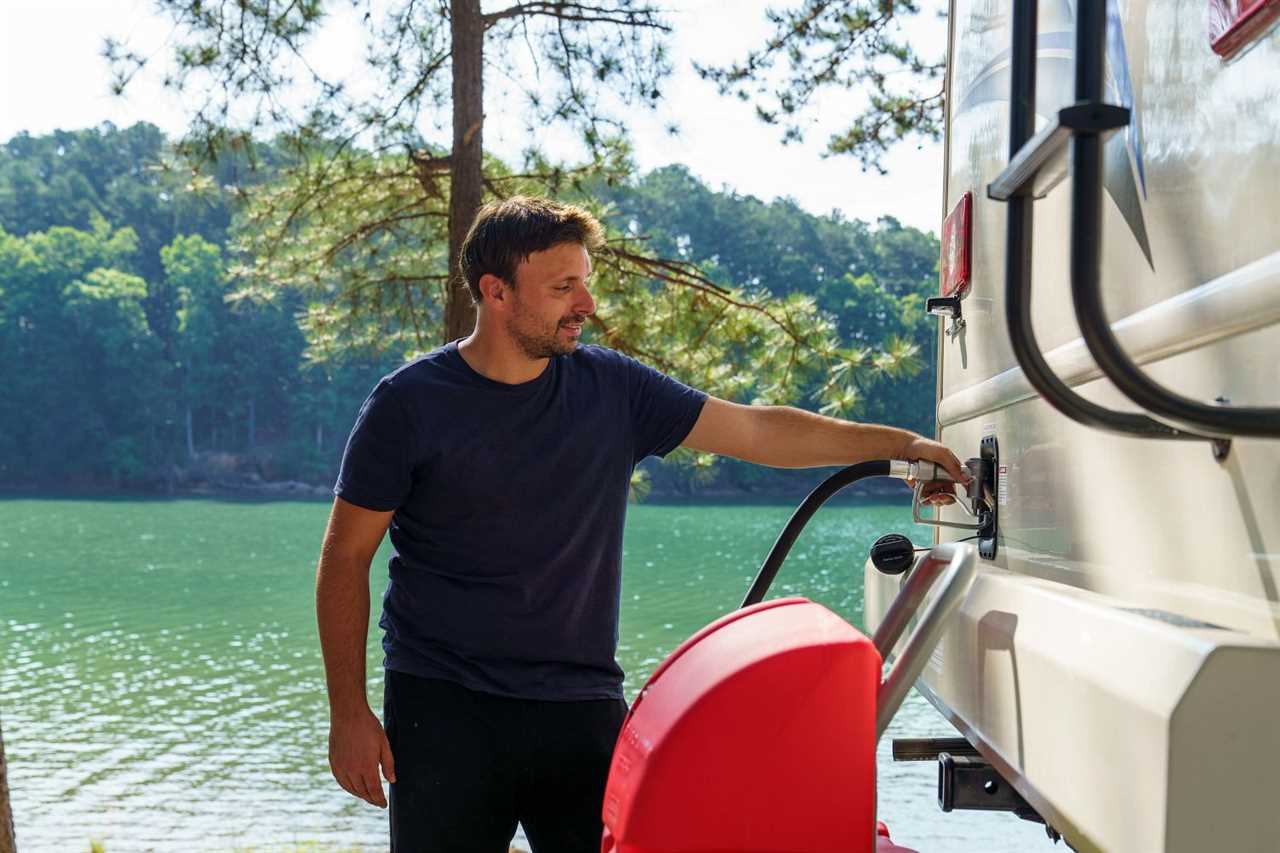
Photo by Camping World
What else can cause your motorhome’s oil to lose its effective viscosity? Gasoline.
Gas must volatilize (evaporate or disperse in vapor) and exit properly through the PCV (Positive Crankcase Ventilation) system. Even on short RV trips, your engine may not heat up enough to reach normal operating temperature, but your engine certainly stays cool if you aren’t driving your RV.
When your RV sits for a long time, the gas remaining in the piston and valve area can mix with the engine oil and contaminate it. Fuel dilutes oil, making it less effective and promoting the build-up of sludge. Sludge is a byproduct of overall contamination.
Technician Tip: Even when not in use, your RV engine should be started once a month and run until it reaches normal operating temperature (about 225℉). Once it does, let it continue running for 30-60 minutes.
How to Change Your RV’s Engine Oil
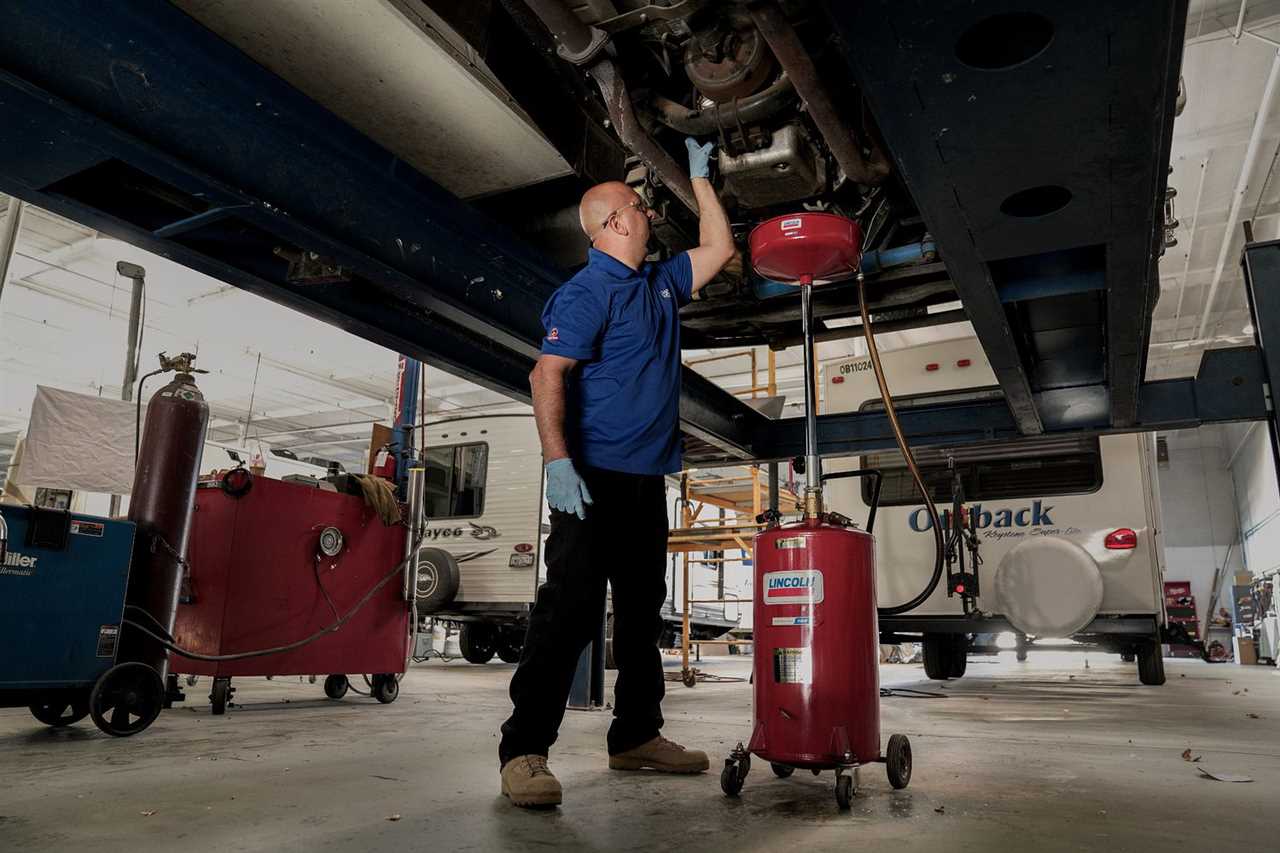
Photo by Camping World
And what oil should you use when you change it?
If your motorhome is new and still under warranty, use whichever conventional or synthetic oil the manufacturer recommends. If it’s an older motorhome, chances are you’ll be better off with full-synthetic motor oil scientifically designed to last longer.
The process for changing your motorhome’s engine oil is fairly simple:
- Remove the cap on the oil fill and place a container under the oil drain plug.
- Remove the oil filter and drain plug and allow the oil to drain completely.
- Install a new filter, replace the oil drain plug, and refill it with the manufacturer’s recommended oil type and amount.
- Replace the oil fill cap and start your engine for 30-60 seconds to allow oil to circulate.
- Check for leaks by shutting off the engine and double-checking the level on the dipstick.
- Note the oil change’s date and mileage on a sticker and place it in your RV’s front window.
- Dispose of the used oil properly.
Technician Tip: Oil changes will go better if the engine is warm but not hot.
How to Find a Motorhome Oil Change Near Me
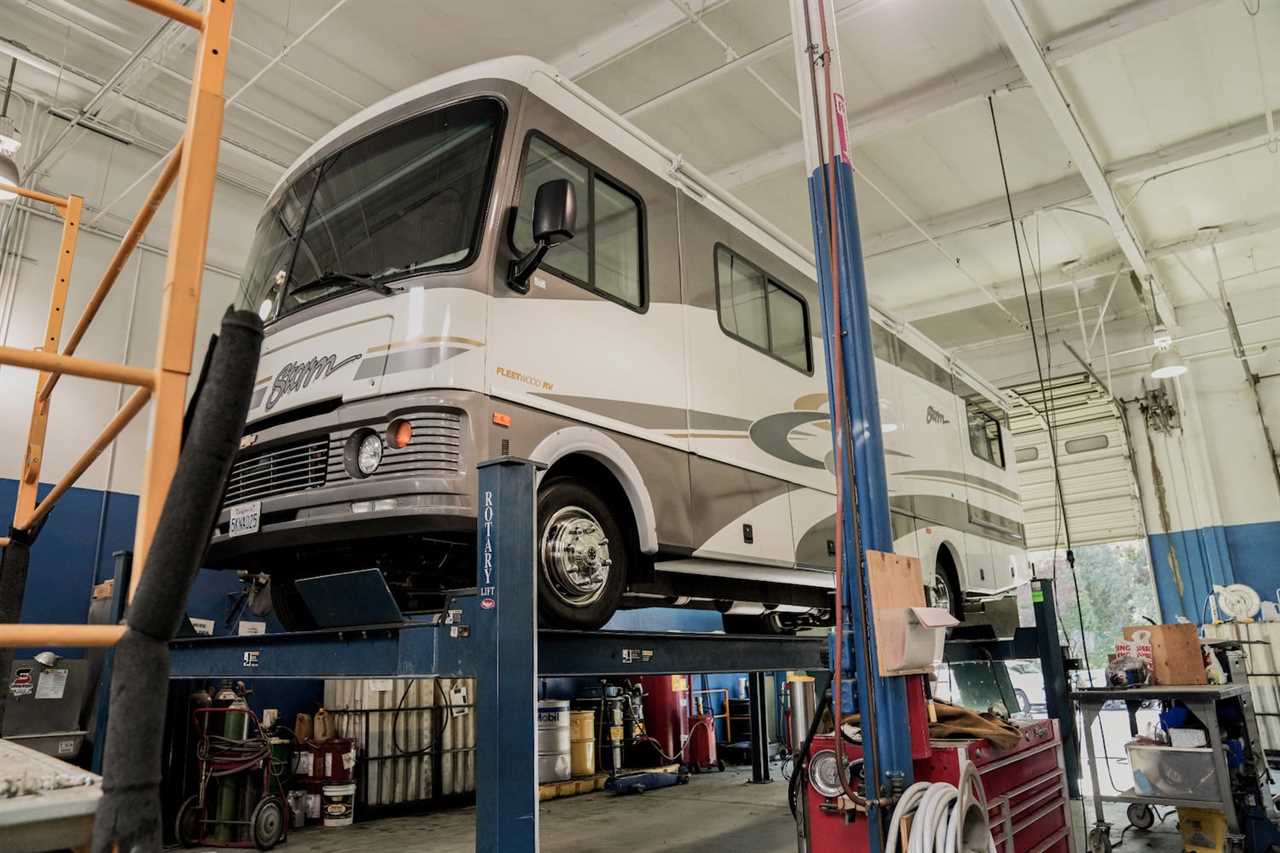
Image from Camping World
Luckily, you have options if you’d rather not change your RV’s motor oil yourself. Camping World’s network of service centers includes more than 180 locations nationwide.
Whether you’re already on the road or preparing for camping season at home, you’ll rarely find a service center more than a stone’s throw away. Contact your local Camping World Service Center to inquire about their RV oil change cost today.
Do you have any questions or comments regarding your motorhome’s engine oil? Drop us a note in the comments!

By: Rick Copper
Title: Should You Change Your Motorhome’s Engine Oil if It Hasn’t Been Driven?
Sourced From: blog.campingworld.com/rv-basics/why-you-should-still-change-your-class-a-motorhomes-oil-even-if-it-hasnt-been-driven-much/
Published Date: Wed, 21 Dec 2022 15:00:00 +0000
---------------------------------------------
 CampingSurvivalistHuntingFishingExploringHikingPrivacy PolicyTerms And Conditions
CampingSurvivalistHuntingFishingExploringHikingPrivacy PolicyTerms And Conditions
